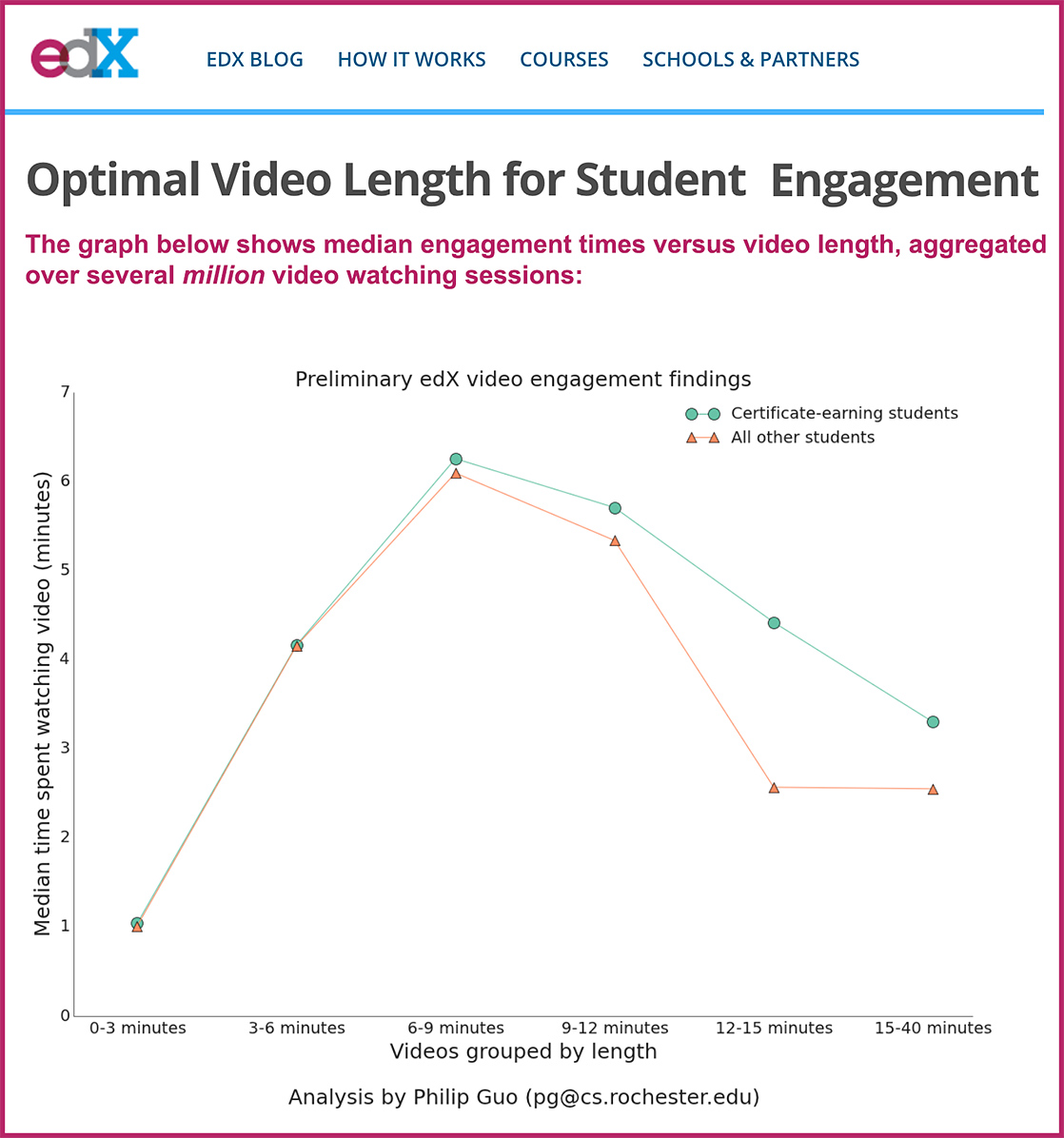- The GPT-4 Browser That Will Change Your Search Game — from noise.beehiiv.com by Alex Banks
Why Microsoft Has The ‘Edge’ On Google
Excerpts:
Microsoft has launched a GPT-4 enhanced Edge browser.
By integrating OpenAI’s GPT-4 technology with Microsoft Edge, you can now use ChatGPT as a copilot in your Bing browser. This delivers superior search results, generates content, and can even transform your copywriting skills (read on to find out how).
Benefits mentioned include: Better Search, Complete Answers, and Creative Spark.
The new interactive chat feature means you can get the complete answer you are looking for by refining your search by asking for more details, clarity, and ideas.
From DSC:
I have to say that since the late 90’s, I haven’t been a big fan of web browsers from Microsoft. (I don’t like how Microsoft unfairly buried Netscape Navigator and the folks who had out-innovated them during that time.) As such, I don’t use Edge so I can’t fully comment on the above article.
But I do have to say that this is the type of thing that may make me reevaluate my stance regarding Microsoft’s browsers. Integrating GPT-4 into their search/chat functionalities seems like it would be a very solid, strategic move — at least as of late April 2023.
Speaking of new items coming from Microsoft, also see:
Microsoft makes its AI-powered Designer tool available in preview — from techcrunch.com by Kyle Wiggers
Excerpts:
[On 4/27/23], Microsoft Designer, Microsoft’s AI-powered design tool, launched in public preview with an expanded set of features.
Announced in October, Designer is a Canva-like web app that can generate designs for presentations, posters, digital postcards, invitations, graphics and more to share on social media and other channels. It leverages user-created content and DALL-E 2, OpenAI’s text-to-image AI, to ideate designs, with drop-downs and text boxes for further customization and personalization.
…
Designer will remain free during the preview period, Microsoft says — it’s available via the Designer website and in Microsoft’s Edge browser through the sidebar. Once the Designer app is generally available, it’ll be included in Microsoft 365 Personal and Family subscriptions and have “some” functionality free to use for non-subscribers, though Microsoft didn’t elaborate.



















